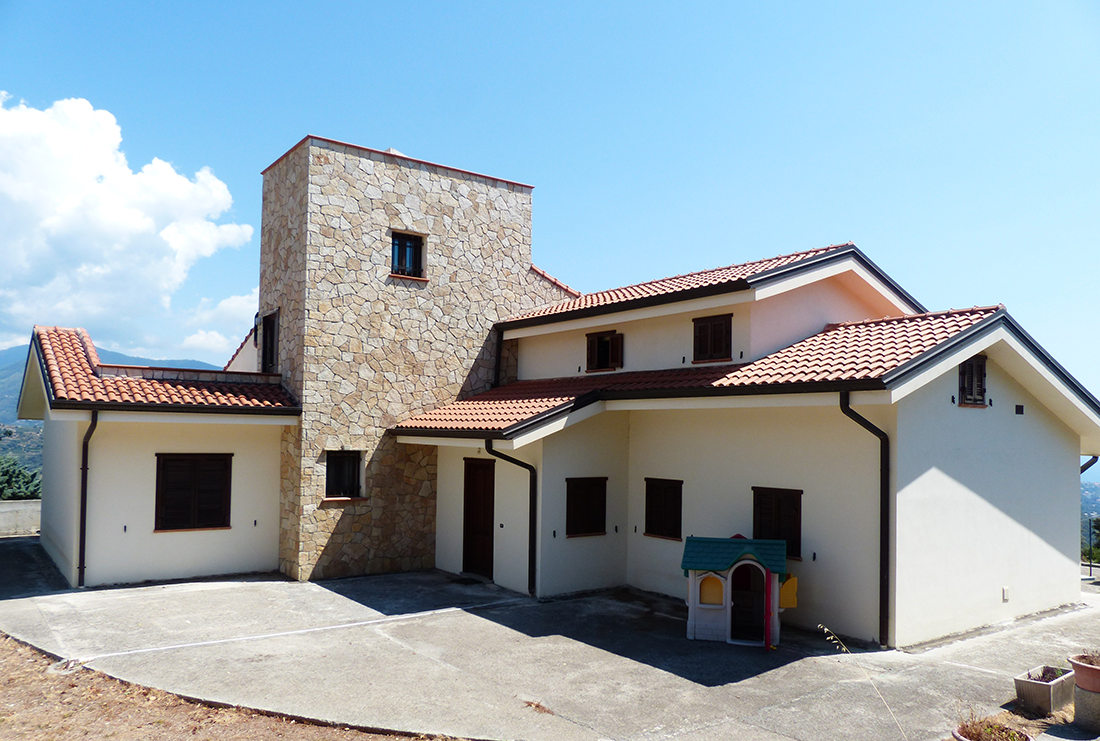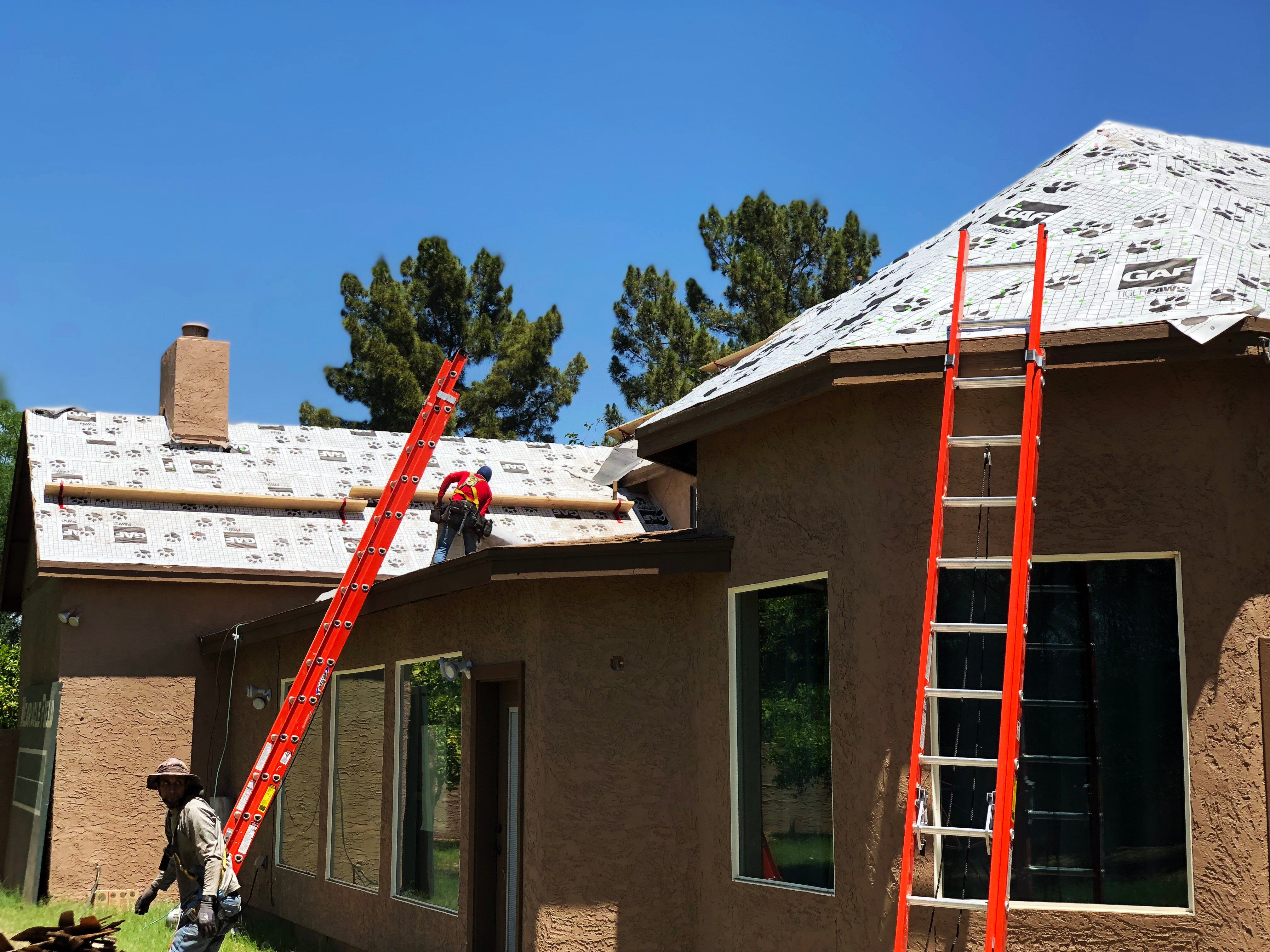Roof Underlayment 101: What It Is & Why It’s Important
Home / Azul Blog / Roof Underlayment 101: What It Is & Why It’s Important When most homeowners think about their roof, they picture the tiles, shingles, or foam that cover the top...

If you're looking to buy a new home, you probably have a check list of things you want: 4 bedrooms, 2 baths, a pool, parking for two cars, etc. But what might not be at the top of your list and easily glossed over is a healthy roof. It might not be the most exciting part of a new home purchase, but it's definitely one of the most important.
Depending on the age of the home, the kind of roofing material used, and the last time the roof had any work done to it, almost any home will have some level of roof maintenance required. From small leaks and repairs, to full roof replacements, it's an unfortunate reality many new homeowners must face.
There are a few things you can do yourself to evaluate the roof's condition from the beginning of your new home search. A roof doesn't have to be a mystery, or a deal breaker. Knowing what parts of the roof are healthy and which parts aren't will give you ammunition to renegotiate with the seller. So, if you're looking to buy a home soon, read on and learn about the various aspects of a roof you should take into consideration before putting in an offer.
You don't have to be a licensed roofer to spot missing roof tiles. A simple view from the street can be enough to see if any of the existing tiles are damaged or missing. Noting any issues from this vantage point can be a sign there are underlying problems as well. If the tiles or shingles are missing, it leaves the underlayment exposed and at risk for unnecessary wear and tear. If they've been missing or damaged for a significant amount of time, there could be leaks waiting to pop up at the season's first rain. This simple assessment of the roof can give you a good baseline to start from.
If there are any noticeable trees hanging over the roof of the house, that could be a potential warning sign. Our Arizona monsoon seasons come with high winds that can cause branches to break off and damage the roof. Seeing trees hanging over the roof could be a sign that previous damage occurred and puts your potential roof at risk for future monsoon storms. Having overhanging branches also gives animals easier access to the roof and home. While not the biggest factor contributing to a roof's health, it's one to take into consideration.
Leaks are one of the easiest ways to tell something is wrong with the roof, but they typically don't show up until the monsoon season hits. A way to scan the house for potential problem areas is looking at the ceiling and walls. If the roof has had any previous leaks, they can sometime leaves water spots around the house. Even if it isn't currently a problem, leaks can leave a lasting impression on the house depending on their severity.
Knowing the age of the roof can help determine where it's at in its lifecycle. If it's a fairly new roof in its first 10 years, you'd probably have minimal maintenance and issues with it, whereas a roof ranging between 15-20 years old will most likely require more significant upkeep. While the lifespan of a roof depends on heavily on the roofing material and how much maintenance it's had, this rule generally holds true: even if there aren't any noticeable issues now, having an older roof puts you at a greater risk for leaks and other problems.
If you're looking to buy a new home, we recommend hiring a licensed and experienced roofing contractor to evaluate the roof. While home inspectors do provide value, they are generalists and don't have years of roofing experience or as keen an eye as roofers do to spot potential problem areas. Contact us through the button below to request your free site evaluation.

Home / Azul Blog / Roof Underlayment 101: What It Is & Why It’s Important When most homeowners think about their roof, they picture the tiles, shingles, or foam that cover the top...